With a charming baroque exuberance, these engravings include subjects which will subsequently become recurrent in Callot's visual repertoire . On the one hand, the costumes inspired by Commedia dell'arte and the mannerist gestures of the figures inevitably refer to his series of Balli di Sfessania (c. 1620-22). On the other hand, the general composition announces the famous Impruneta Fair (c. 1620). However, his real tour de force consists of making a world of small figures evolve in a limited space. Callot achieved this by combining several innovations that he had previously developed. The use of the cabinetmakers' hard varnish allowing successive bites in the acid, the production of simple cuts instead of cross cuts and finally the use of the flat block instead of the point to make full and loose cuts allow the engraver to write on the copper as the designer would on paper. From now on, the etcher competes with the engraver by opposing the latter with an increase in spontaneity in the line.
Our three engravings are presented under white marie-louise and under anti-reflective glass in a frame with stylish Berain decoration.
Total dimensions of the assembly: 43 x 26 cm
Biography:
Born into a family of goldsmiths from Lorraine, Jacques Callot (Nancy, March 1592 – Id, March 25, 1635) began his apprenticeship in this environment of artisans before discovering the art of copper engraving in Rome in 1610. Arriving in Florence in 1612, he developed new techniques which would have a lasting impact on the history of engraving. Returning to Nancy after the death of Cosimo II de Medici, he became an engraver at the court of the Dukes of Lorraine. The Thirty Years' War, which then ravaged Europe, inspired his series on The Miseries of War which made him famous among the greatest princes. This is how the Infanta Isabella of Austria and Louis XIII sent him important orders in order to immortalize their military victories. When he died, he left behind an immense corpus of nearly 1,400 compositions which would make him one of the most copied and distributed artists of his time.
Bibliography:
- BERSIER, Jean-E., Engraving: processes, history, 4th ed., Paris, Berger-Levrault, 1984.
- Jacques Callot 1592-1635, Paulette Choné (dir.), (exp. cat. Nancy, Lorraine Historical Museum, June 13 - September 14, 1992), Paris, Meeting of National Museums, 1992.
- LIEURE, Jules, Catalog raisonné of the engraved work, two volumes, San Francisco, Alan Wofsy fine arts, 1989, 1st ed. 1929.
- SADOUL, Georges, Jacques Callot, Mirror of its time, Paris, Gallimard, 1969.
















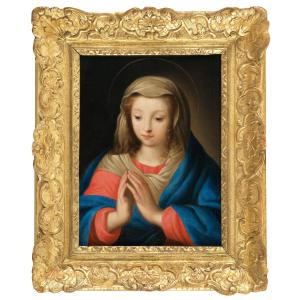
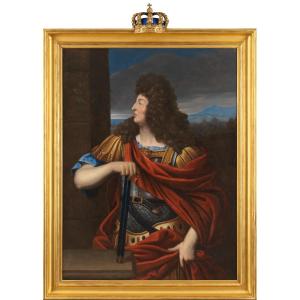


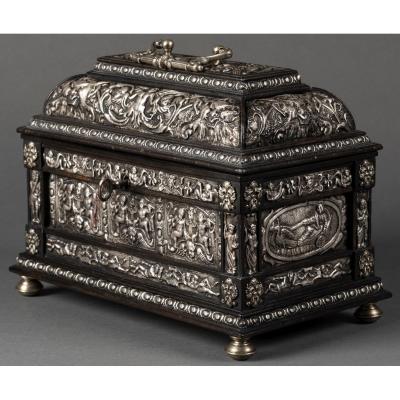


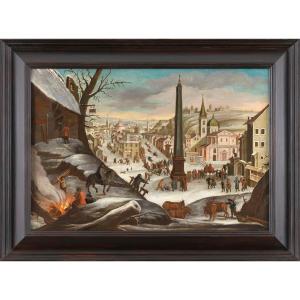
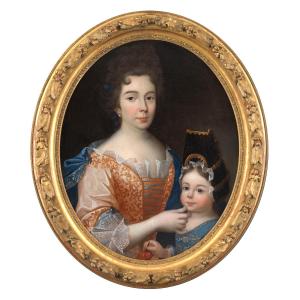



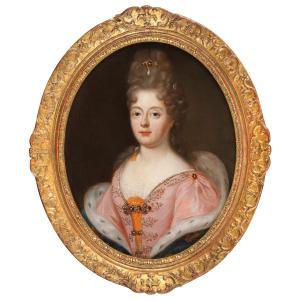
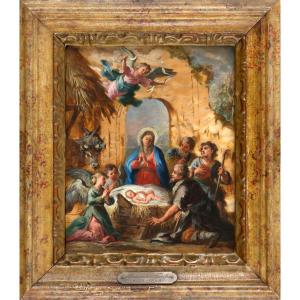

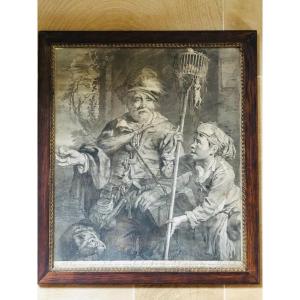
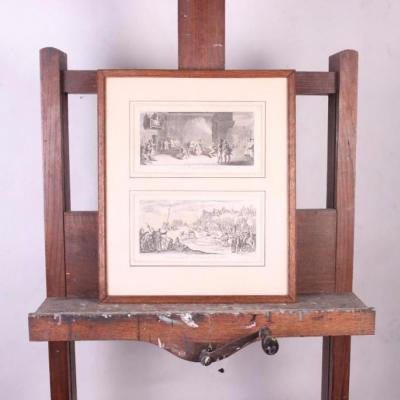
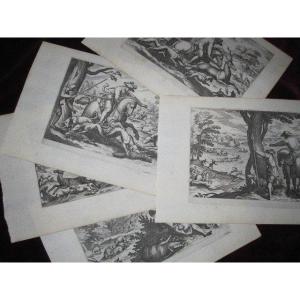
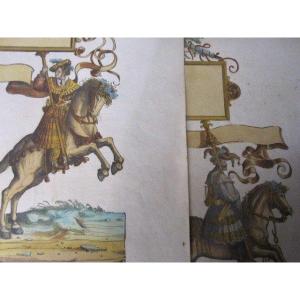



 Le Magazine de PROANTIC
Le Magazine de PROANTIC TRÉSORS Magazine
TRÉSORS Magazine Rivista Artiquariato
Rivista Artiquariato